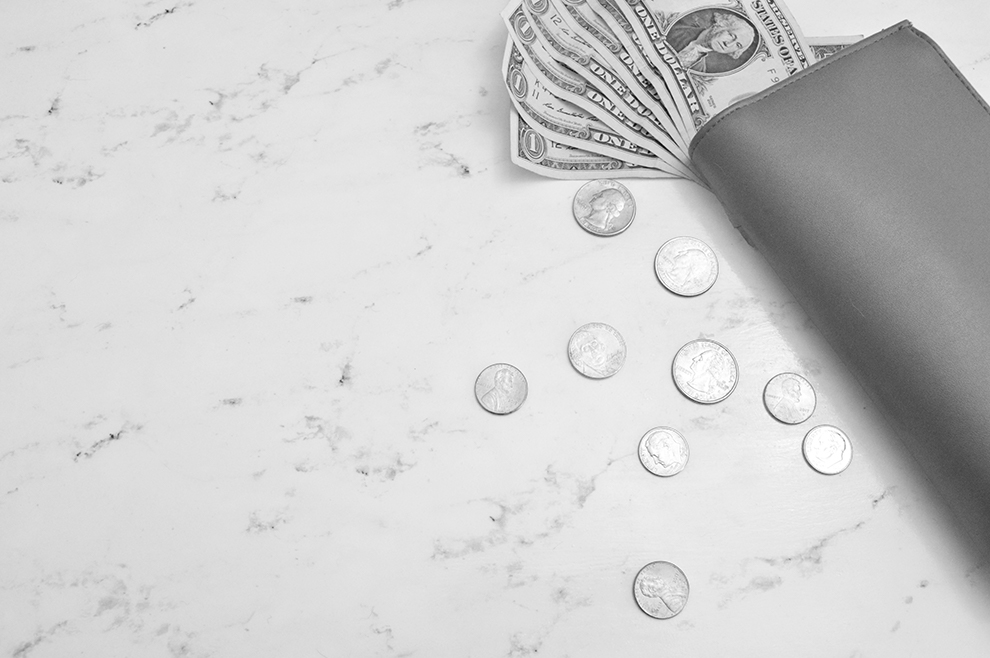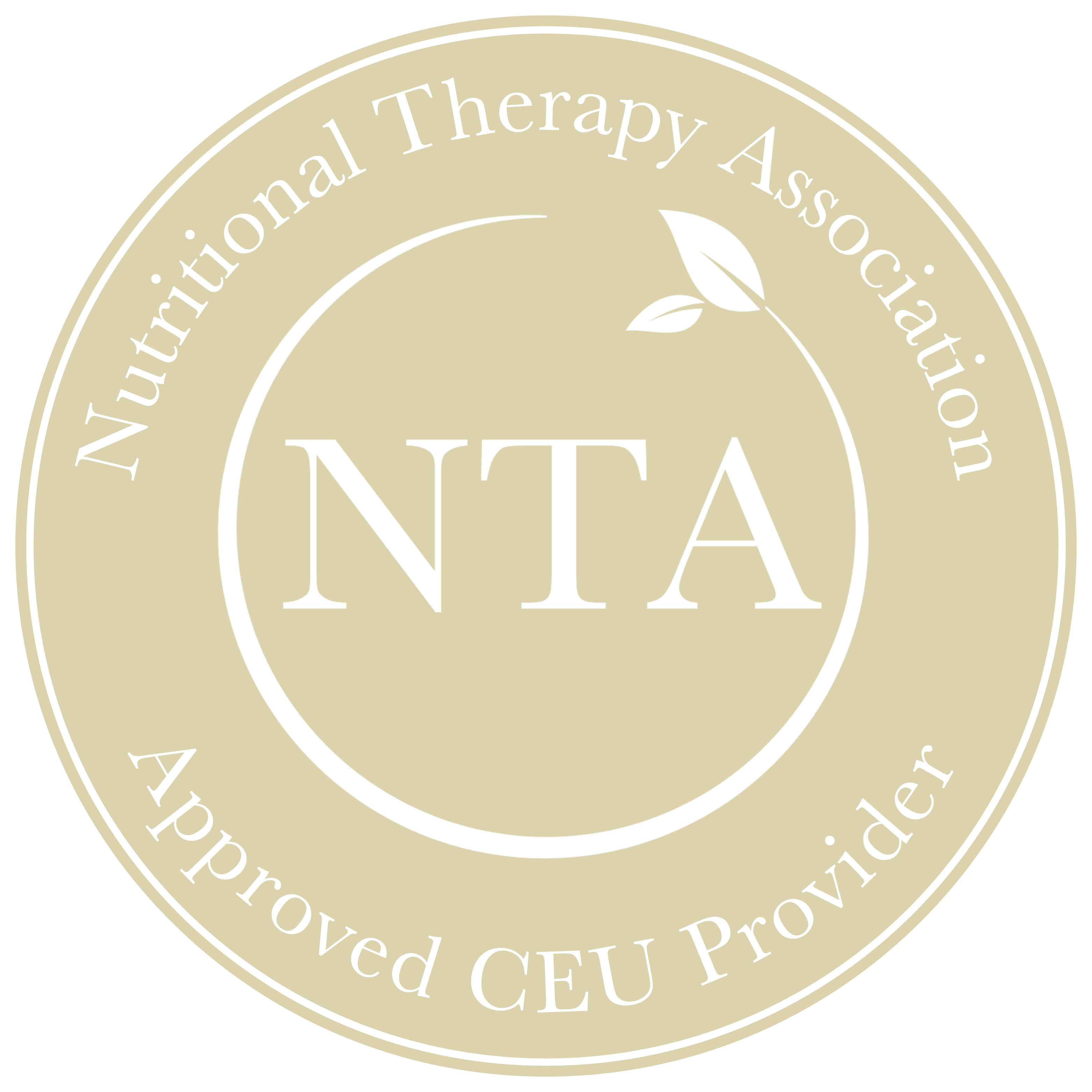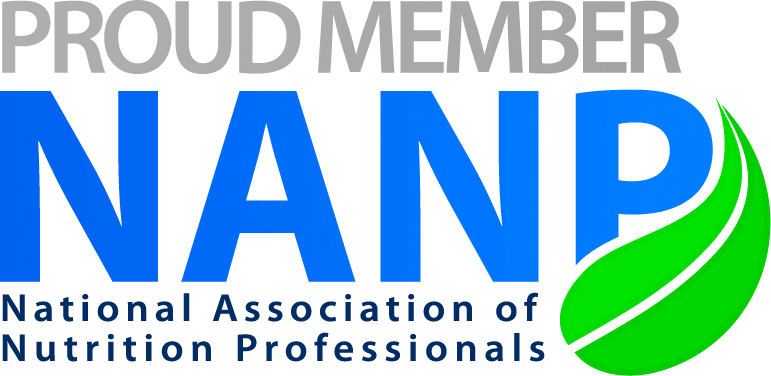If there’s one question we get asked ALL the time about running the business side of a functional nutrition practice, it’s this: “How do you set your rates?”
Ah, the million dollar question! (Sorry, couldn’t resist.)
It’s a question close to our hearts. One of the dirty little secrets inside the nutrition world is that there are an incredible number of practitioners who drastically undercharge for their time and invaluable expertise. We’re intent on changing that and supporting skilled practitioners to charge such that they can serve their clients while also making a great living. Yes, it’s possible!
While having the freedom to set your own rates is a wonderful thing, it can feel daunting, especially if you’re just starting out. Let’s face it, it’s a lot easier when rates are established for you – like charging recommended retail for supplements – than it is to decide how much you’re going to charge your clients for your time. This process can trigger all sorts of insecurities and issues of self-worth.
Rate-setting is one of those things in business that can be really challenging, or you can make it really easy.
The hard, but traditional way to set rates is to:
- Research what other professionals are charging in your area
- Compare your experience/qualifications with theirs
- Figure out what your rate should be based on how you “stack up” against the competition
I don’t know about you, but this sounds like a recipe for a game of comparisons (never a good thing) and a whole lot of work.
There’s an alternate method that’s much easier and, frankly, more effective: it’s called the Happy Price. We can’t take any credit for this model – we learned it years ago from Michael Ellsberg and have been using and teaching it ever since.
Here’s how it works:
Pick a low rate for a one-hour session. Let’s say $25/hr.
Side note: we’re not fans of charging hourly – we recommend working in packages – but that’s a topic for another day and you’ll still want to know your base hourly rate in order to map out your package.
Back to the exercise. If you were to charge your client $25 for a one-hour session with you, would you feel happy or sad?
My guess is you’d feel sad.
So let’s make that $50 for a one-hour session. Would that make you feel happy or sad?
Still sad, I’ll bet.
How about $75? $100? $125? $200?
Keep going and ask yourself at each new price point, “Would charging this rate make me feel happy or sad?”
Before you determine if you feel happy or sad at each level, it’s important to consider ALL the work that’s involved in that hour-long session. The prep beforehand, the follow-up notes, the quick (and sometimes not-so-quick) in-between-session emails answering your client’s questions. We all know that hour extends FAR beyond the hour you’re with the client.
With all that in mind, do you feel happy or sad charging that rate for a session?
At some point, your response will move away from downright sad, to something a little more “meh..” Neutral. We’re not there yet, but we’re getting closer.
Let’s say at $125 you feel that ‘meh’ feeling. It’s not sad per se, but you’re not exactly jumping out of your skin with joy at charging this much.
Go up to $150. How do you feel now? A little happier?
What about $175? Happier?
Keep going! Now how do you feel about $200?
At some point, you’re going to find that you’ve surpassed your happiness threshold and instead of feeling really good about the amount, you feel a little overwhelmed or squeamish about charging that much. You’ve officially gone too far.
Perfect! Now, come back to the previous level where you felt happy at that rate. There you have it, your happy price!
(For those of you familiar with the HCl challenge, it’s a lot like finding your correct HCl dosing!)
Your happy price is based on YOU, not some externality or a practitioner down the street. It’s not about what you “should” or “shouldn’t” be charging, it’s based on your experience and level of expertise. It’s what feels right and authentic for you right now. And you know what? Clients can sniff that out. When your pricing is in alignment like this, clients resonate with it and rarely challenge it.
You might find once you start using this model that your focus shifts away from what others are doing to what you could be doing to improve your client’s experience and the value they receive from you. The more you focus on exceeding their expectations and giving them an exceptional experience, the faster this happy price will naturally rise, and the better you and your clients will feel about the increase.
And so: are you charging your happy price?







